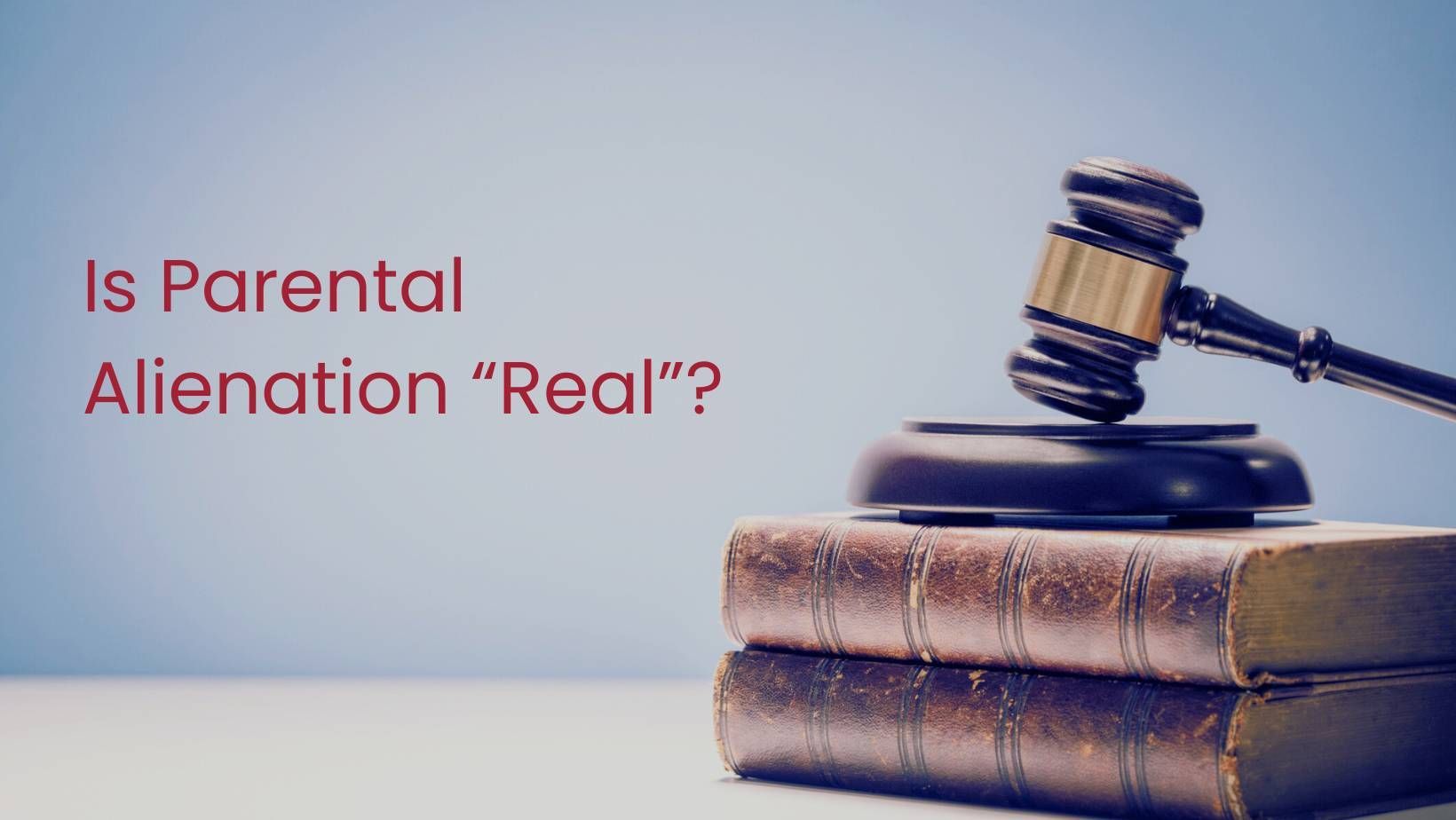Crafting Effective Parenting Plans and Agreements
- By Daniel Gold
- •
- 17 Jun, 2024
- •

In my first year of practice over 30 years ago, I was an associate at a small family law firm in Northern California with an experienced family law attorney. He said I should NOT use the term “visitation” anymore. “Second cousins ‘visit” kids, parents don't “visit” kids, they parent”. From then on, I began using the term “parenting time” in lieu of “visitation”. In the past two and a half decades, we have evolved from discussing “visitation schedules” to now creating “parenting plans”; whether by stipulation/agreement or by court order.
It goes without saying that navigating the complexities of co-parenting after a separation or divorce can be challenging. A well-structured parenting plan can provide clarity and stability for both parents and children.
An effective parenting plan involves understanding the legal requirements and focusing on the best interests of the child.
What is a Parenting Plan?
A parenting plan outlines how parents will raise their child during and after the divorce. It covers various aspects of the child's upbringing, including living arrangements, visitation schedules, decision-making responsibilities, and in many cases how disputes will be resolved.
Key Components of a Parenting Plan
Custody Arrangements: Define legal custody
(decision-making power) and physical custody
(where the child will live). Parents can share joint custody, or one parent may have sole custody.
Custodial
Schedule:
Detail when the child will spend time with each parent, including weekdays, weekends, holidays, and vacations. Consistency and predictability in the schedule are crucial for the child's well-being.
Decision-Making:
Outline how decisions regarding the child's education, healthcare, extracurricular activities, and religious upbringing will be made. Joint legal custody requires both parents to collaborate on these decisions.
Communication:
Establish guidelines for how parents will communicate about the child, including regular updates, emergency contact procedures, and methods for resolving conflicts.
Transportation:
Specify how the child will be transported between parents, including pick-up and drop-off locations and responsibilities.
Special Considerations:
Address any special needs or circumstances, such as medical conditions, educational requirements, or other unique aspects of the child's life.
Creating a Parenting Plan
Focus on the Child’s Best Interests!! It is not what is better for one parent on another.The primary goal is to ensure the plan supports the child's emotional, physical, and psychological well-being. The court will always prioritize the child's best interests when reviewing the plan.
Be Detailed and Specific: A detailed plan reduces the potential for misunderstandings and conflicts. Cover all aspects of the child's life and daily routines to provide clear guidance.
Consider Flexibility:
While consistency is important, some flexibility can help accommodate unexpected events and changes in circumstances.
Include Provisions for Modifications: Life changes, and so might the needs of the child or parents. Include a process for modifying the plan as necessary, whether through mutual agreement or court intervention.
Seek Mediation if Needed: If parents struggle to agree on a plan, mediation can be an effective way to reach a resolution. A mediator can help facilitate discussions and find common ground. Courts generally require you to participate in mediation before you appear before the judge for a hearing
Legal Requirements
In California, a parenting plan becomes legally binding when it is incorporated into a court order. It is advisable to work with an experienced attorney to ensure the plan meets all legal requirements and adequately protects your rights and your child's interests.
Conclusion:
Creating a comprehensive parenting plan is essential for providing stability and clarity in co-parenting arrangements. By focusing on the best interests of the child and being detailed in your approach, you can develop a plan that works for both parents and supports your child's well-being. For personalized advice and assistance, contact me for expert guidance.
To learn more about my services, visit
my services page.
Call: 949-756-0684
Email: dgold@tldlaw.com
Disclaimer
This information outlines a few of the concepts that surround separation, dissolution, and annulment in the State of California. It is not intended to be, nor should it be construed as legal advice for any particular situation. Please seek advice from TLD Law or your personal attorney in your state or jurisdiction.

Divorce brings significant changes to your financial situation, and understanding the tax implications is crucial to avoid unexpected liabilities and maximize your financial health. From filing status to the division of assets, knowing how divorce impacts your taxes can help you plan effectively for your post-divorce life.

Grandparents can seek custody or visitation in California, but the process is not straightforward. Courts prioritize the child’s best interests while balancing parental rights, so proving that grandparents’ involvement is necessary requires careful legal navigation. For personalized advice and assistance with grandparents’ rights, contact me for expert guidance.

It is striking how far things have some since I was sworn in as an attorney in 1993. I remember the “dawn” of domestic partnerships in California and its evolution to becoming something akin to marriage “lite”; when many other states, and the Federal government did not choose to give legal recognition to same sex relationships.How far things have come since those early days.







